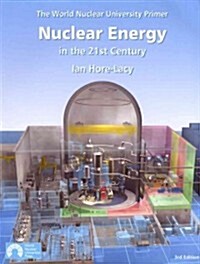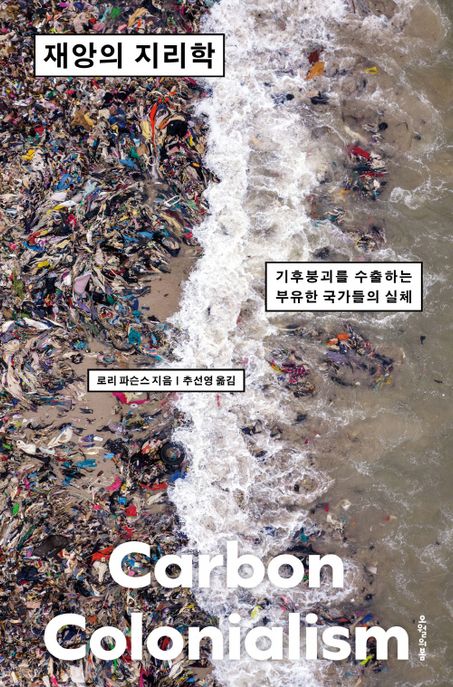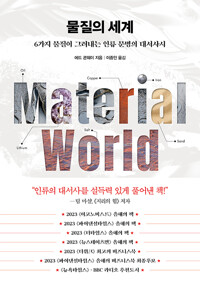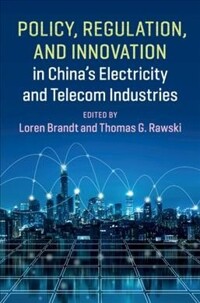
Nuclear energy in the 21st century
- 대등서명
- Nuclear energy in the twenty first century
- 개인저자
- Ian Hore-Lacy
- 판사항
- 3rd ed
- 발행사항
- London: World Nuclear University Press, 2012
- 형태사항
- viii, 135 p. : col. ill.; 30cm
- ISBN
- 9780955078453
- 청구기호
- 321.3 H811n
- 서지주기
- Includes index
- 내용주기
- Nuclear industry
소장정보
| 위치 | 등록번호 | 청구기호 / 출력 | 상태 | 반납예정일 |
|---|---|---|---|---|
이용 가능 (1) | ||||
| 1자료실 | 00016026 | 대출가능 | - | |
- 등록번호
- 00016026
- 상태/반납예정일
- 대출가능
- -
- 위치/청구기호(출력)
- 1자료실
책 소개
The World Nuclear University Primer on Nuclear Energy in the 21st Century is an authoritative resource for educators, students, policy-makers and interested lay-people alike. With balanced and accessible text, it provides:
- An introduction to nuclear science for the non-specialist.
- A valuable account of many aspects of nuclear technology, including industry applications.
- Answers to public concerns about nuclear power including safety, proliferation, radiation and waste.
- Up-to-date data and references.
Since the first edition of this book in 1978 - as Nuclear Electricity - the intention has been to get behind the controversies and selective arguments, and present facts about energy demand and how it is met, in part, by nuclear power.
Every form of energy production and conversion has an effect on the environment and carries risks. Nuclear energy has its challenges but these are frequently misunderstood and often misrepresented. Nuclear energy remains a safe, reliable, clean, and generally economic source of electricity with minimal impact on the environment. But many people do not see it that way.
This revised edition comes out at a time when environmental concern focused on tangible indicators of pollution and global warming stands in ever-starker contrast to Romantic environmentalism, which is driven by mistrust of science and technology, and which stigmatises nuclear power. Increasing evidence of the contribution to global warming from burning fossil fuels is countered by fear-mongering often based on the 1986 Chernobyl disaster and 2011 accident at Fukushima.
The introduction to the first edition of this book in the 1970s expressed the opinion that if more effort were put into improving the safety and effectiveness of commercial nuclear power, and correspondingly less into ideological battles with those who wished it had never been invented, then the world would be much better off.
As John Ritch, President of the World Nuclear University, pointed out in opening the sixth annual WNU Summer Institute: "Between now and 2050, as world population swells from 6.8 billion toward 9 billion, humankind will consume more energy than the combined total used in all previous history. Under present patterns of energy use, the consequences will prove calamitous. The resulting pollution will damage or ruin the health of tens and likely hundreds of millions of citizens, mainly in the developing world. Far worse, the intensifying concentration of greenhouse gases will take us past a point of no return as we hurtle toward climate catastrophe. Today the world economy is producing greenhouse emissions at the rate of 30 billion tonnes per year - nearly 1,000 tonnes per second."
He made it clear that present patterns of energy use, if continued, would have apocalyptic consequences. This book provides some detail of an alternative.
This edition comes with a Foreword by Dr. Patrick Moore, co-founder of Greenpeace, which attests to today's worldwide re-evaluation of nuclear power.





